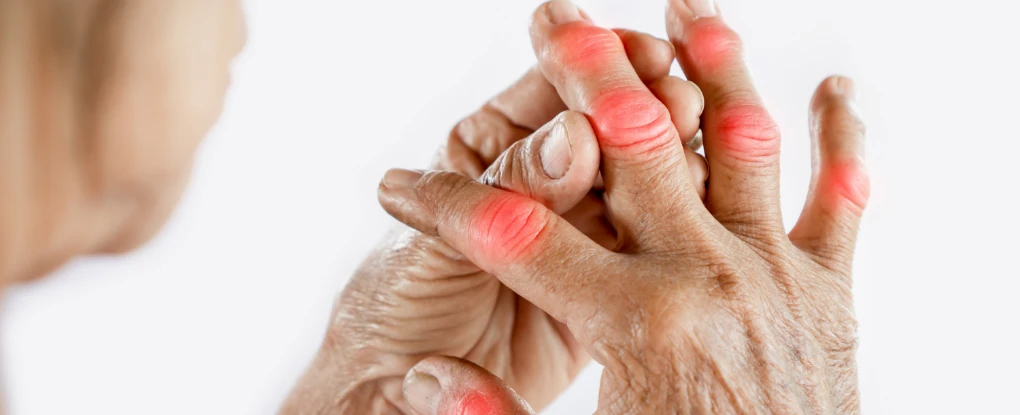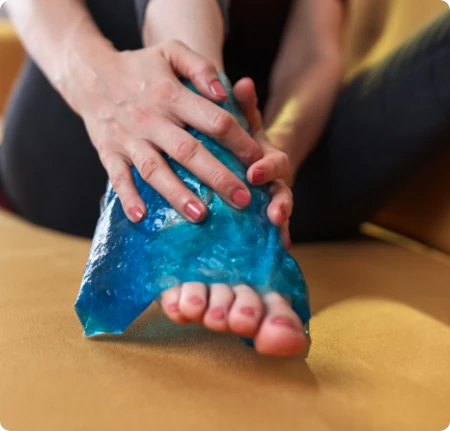
There are several options given to provide gout pain relief. It is important to prescribe medicines which eliminate the inflammation as well.
NSAIDS are available in over-the-counter dosing as ibuprofen and naproxen sodium, as well as more-powerful prescription NSAIDs such as indomethacin or celecoxib. Many patients with gout have contraindications to NSAIDs (e.g. hypertension, chronic kidney disease, gastropathy). A major concern with NSAIDs is their toxicity on the gastrointestinal tract. NSAIDs use is associated with an increased risk of gastrointestinal bleeding and may have cardiovascular toxicity.
Usually most effective for gout treatment when taken within the first 12 hours of an acute flare. For the first 2 days of treatment co-therapy with NSAIDs can be considered to compensate the delayed onset of pain reduction.
Colchicine dosing schedule is to take 1.2 mg immediately, followed by 0.6 mg an hour later, with ongoing antiinflammatory therapy until the flare resolves.
The drug’s effectiveness may be offset, however, by side effects such as nausea, vomiting and diarrhea, especially in high and frequent dosing. Inappropriate dosing of colchicine occurred frequently and was related to toxicity and death.


Learn more about
colchicine
Cortisone can be taken orally or injected and quickly suppresses the inflammation of an acute gout flare. It is important to note that gout flares often occur when a patient first starts taking medications to lower uric acid levels. Patients can help prevent flares when starting these medications by also taking low-dose colchicine or NSAIDs.
A gout flare can cause extreme pain, which affects a patient’s ability to focus on work or perform other daily activities. A Cochrane systematic review of one small RCT with high risk of bias studied the effectiveness of ice packs in reducing gout pain among patients treated with colchicine and prednisolone. Ice packs reduced pain compared with control (MD= -3.33 cm on VAS, 95% CI -5.84 to -0.82). Although ice packs reduced swelling, difference between the groups was not significant. During gout flare, the affected joints should be rested, elevated and exposed in a cool environment. Ice packs can be used as adjuvant treatment5.


Use of ice pack for gout flare affecting first toe.

Wrap towel around ice pack.

Place wrapped ice pack around affected joint.
MD = Mean difference
VAS = Visual Analogue Scale
CI = Confident interval
RCT = Randomised controlled trial(s)